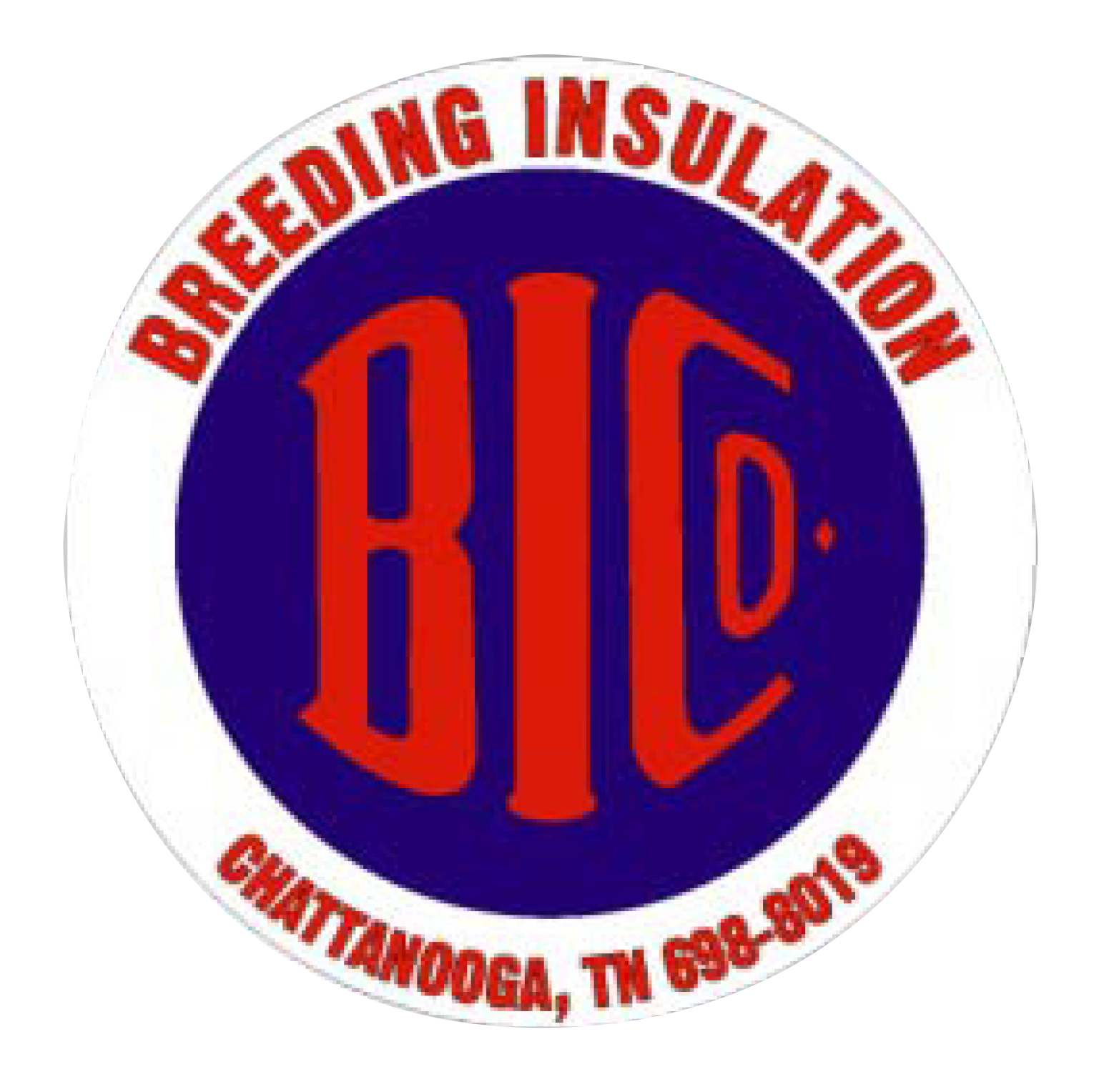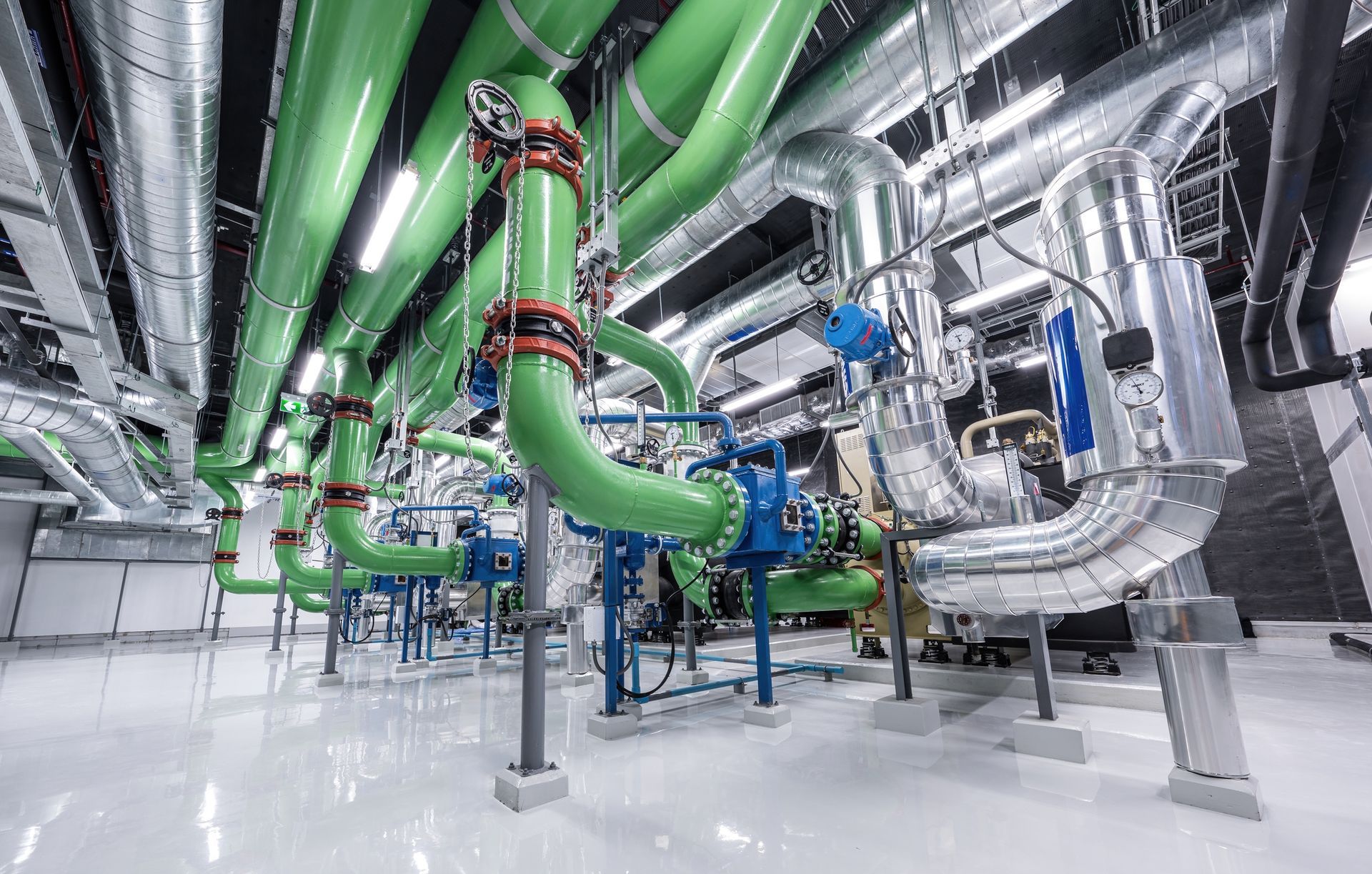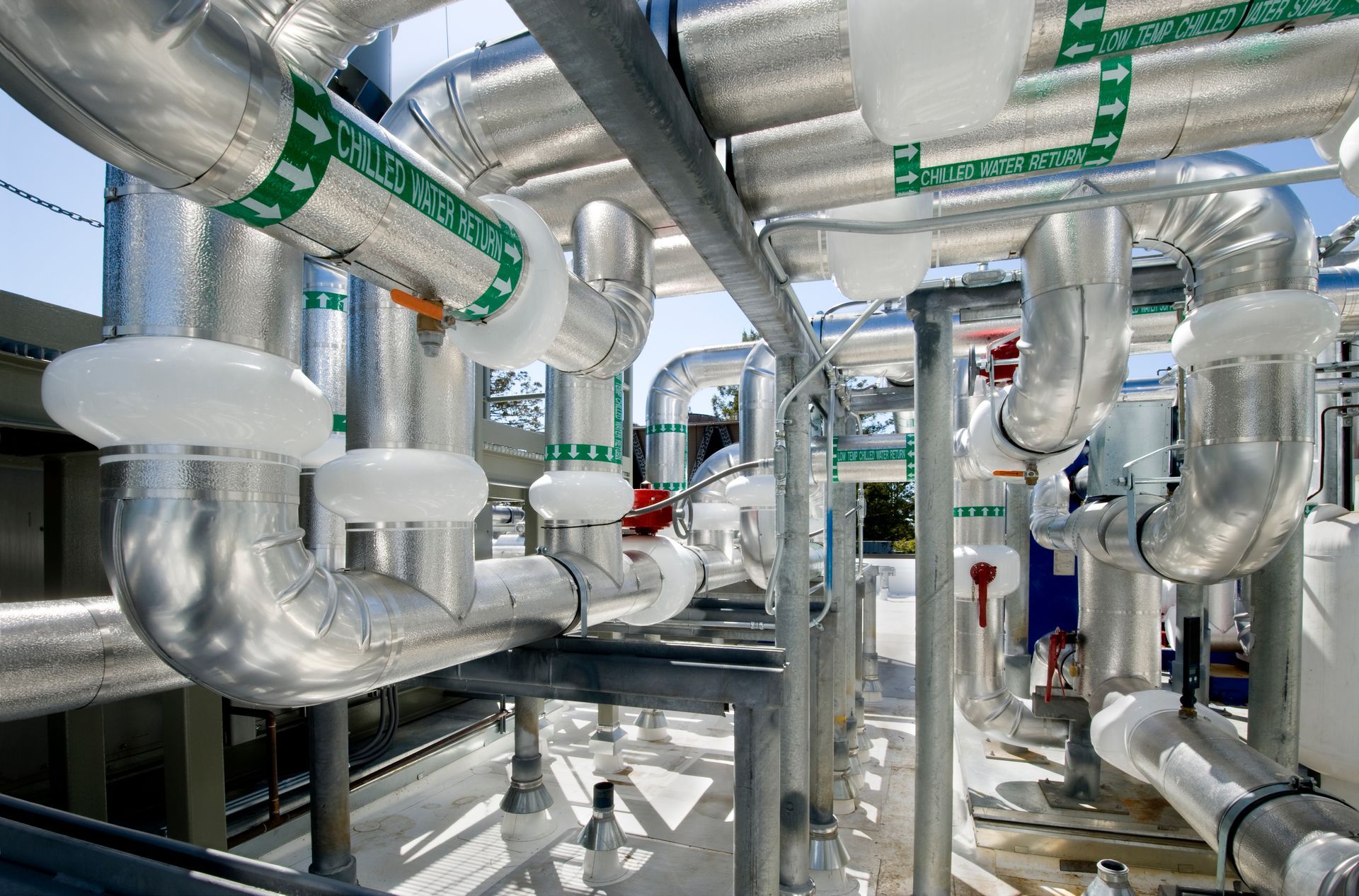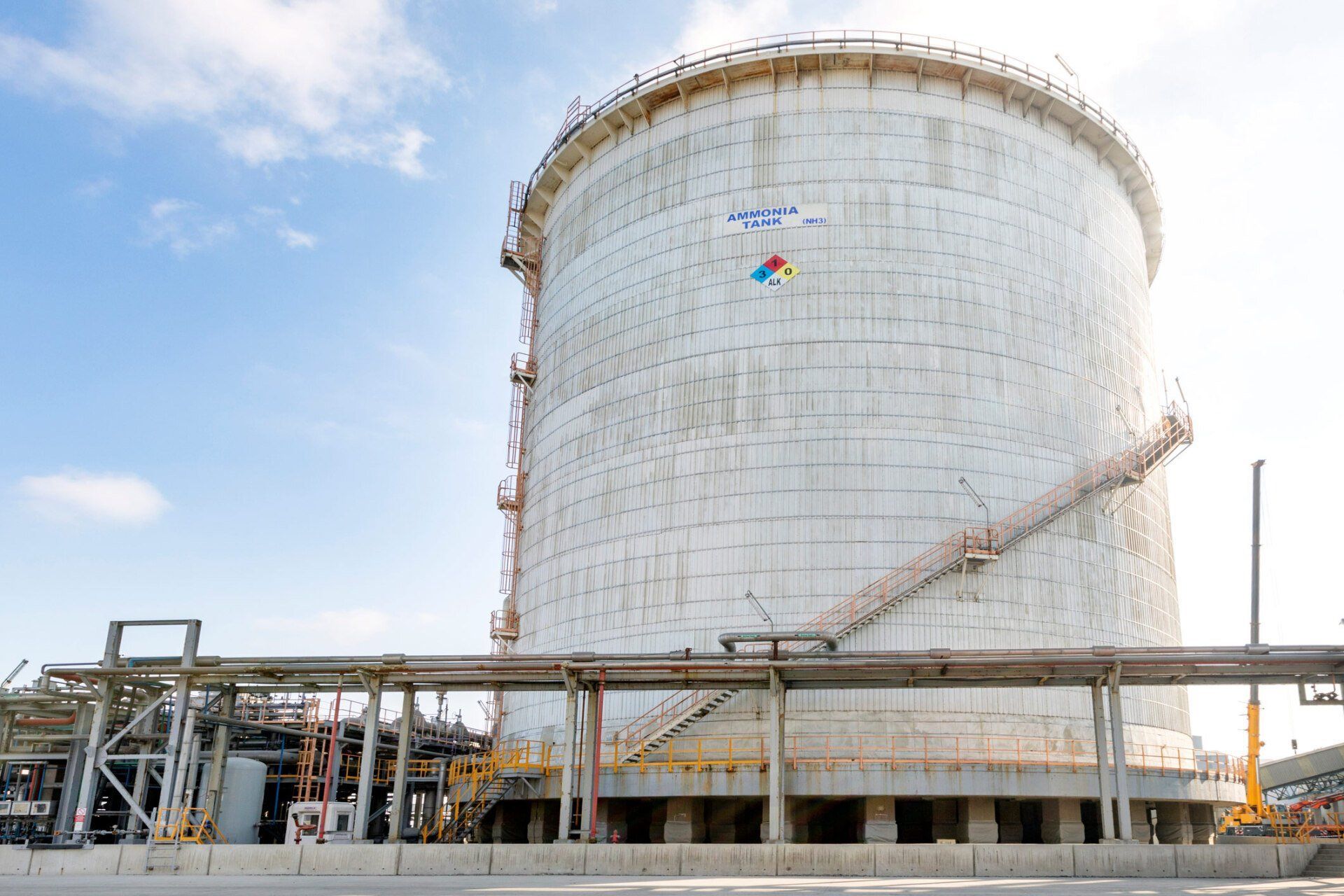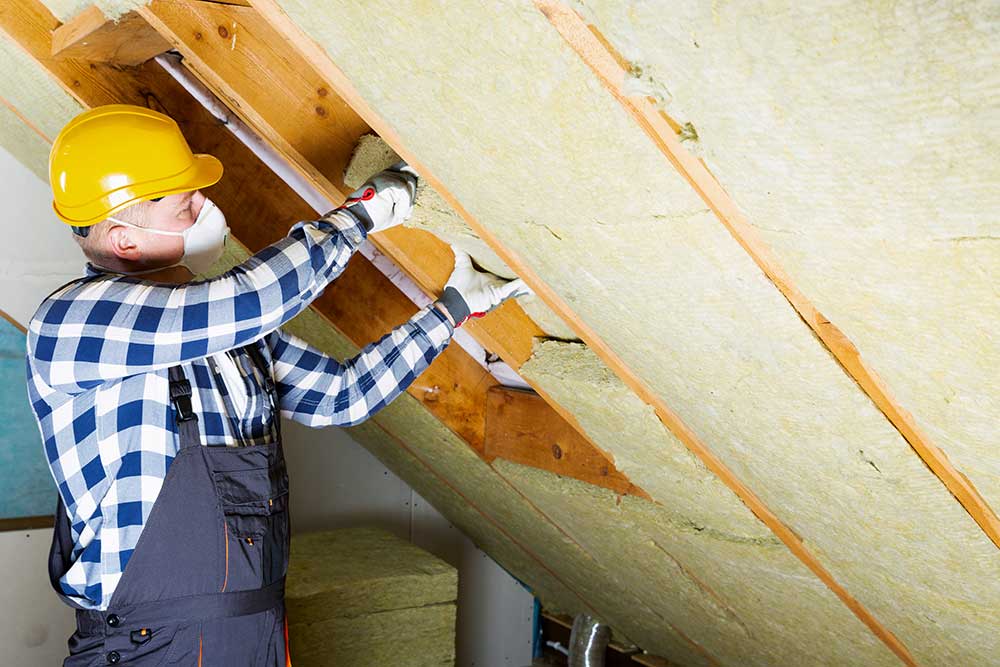Chilled Water System Insulation: What You Need to Know
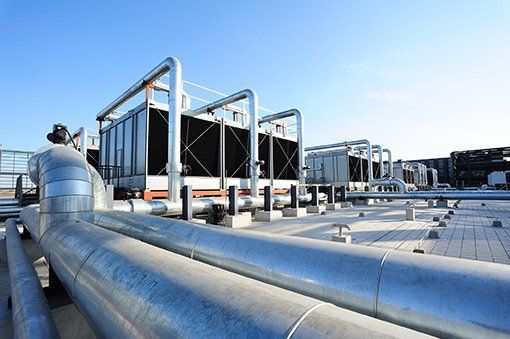
Chilled water systems play an important role in meeting the cooling needs of industrial and commercial facilities. Because chilled water pipes operate below ambient temperatures, proper insulation can protect these pipes from moisture and condensation problems such as corrosion and mold growth.
Adequate insulation can also safeguard against heat gain, which would otherwise minimize the cooling system's efficiency.
Read on to learn more about insulation for the chilled water piping in your plant.
Basics of Chilled Water System Insulation
Chilled water pipes are especially prone to moisture intrusion. Moisture intrusion is the condensation of vapor on the surface of the pipe. This happens because of the temperature difference between the chilled water pipes and the surrounding environment.
Vapor condensation and formation of moisture on the surface of the piping network can result in a number of problems. First, moisture forms mold and mildew. This not only diminishes the efficiency of the cooling system but also poses significant health risks to facility workers.
Second, moisture causes piping to corrode and deteriorate fast. A malfunctioning or inefficient chilled water system has serious implications especially in facilities where round-the-clock cooling of spaces or processes is crucial.
The formation of a single spot of rust or mold can spread quickly to affect the entire piping system. Selection and installation of the right insulation material can mitigate such damage and prolong the service life of your facility's chilled water system.
Types of Chilled Water System Insulation
Contractors use several materials to insulate chilled water pipes. The most common materials include cellular glass, glass fiber, polyurethane foam, and phenolic foam.
Cellular Glass
Cellular glass is a type of melted and baked glass. Fabricators transform the melted glass into sheets used as covers and pipe insulation.
Cellular glass has zero permeability, is moisture resistant, non-combustible, and can withstand a high amount of compression and wide temperature variations.
Glass Fiber
Also known as fiberglass, this insulation material is made from minute strands of glass. Fiberglass is available in the form of blow-in loose fill, rolls, and pre-cut batts.
Fiberglass is among the most cost-effective insulators when compared with other materials that deliver the same degree of thermal resistance. Fiberglass is also fire and moisture resistant.
Polyurethane Foam
Commonly known as spray foam insulation, polyurethane foam has a comparably higher R-value or thermal resistance. This safeguards chilled water piping against heat gains that can minimize the efficiency of the cooling system.
Phenolic Foam
Insulation fabricators make phenolic foam by mixing a surface acting compound with solids and phenolic resin. The result is a large network of microscopic bubbles that is cured into foam for use in several applications, including insulation for chilled water systems.
Phenolic foam is highly fire resistant, and has a high R-value and a low thermal conductivity, allowing contractors to use less material and still obtain optimal insulation performance.
Installation of Chilled Water System Insulation
Contractors need to make crucial design considerations to ensure proper installation of chilled water system insulation.
Some important considerations include:
- Minimum insulation thickness: The right thickness will prevent condensation.
- Insulation material: The choice of insulation material will depend on factors such as the ambient temperature and the design of the piping network.
- Environment: High traffic and high maintenance areas need a different type of insulation system than less exposed areas of a building.
Facility managers should contract qualified insulation specialists to avoid the adverse consequences of poorly insulated chilled water systems.
Whether you need to replace existing insulation or you want insulation for your new chilled water system, you can trust the experts at Breeding Insulation Company, Chattanooga, Inc. Get in touch with us today to find out more about our services.
BROWSE OUR WEBSITE
CONTACT INFORMATION
Phone:
Address:
2505 N Orchard Knob Ave. Chattanooga, TN 37406
Mailing Address:
P.O. Box 5187 Chattanooga, TN 37406
BUSINESS HOURS
Monday-Thursday, 7:30 a.m.-4:30 p.m.
Friday, 7:30 am - 3:30






